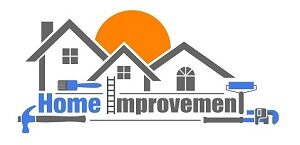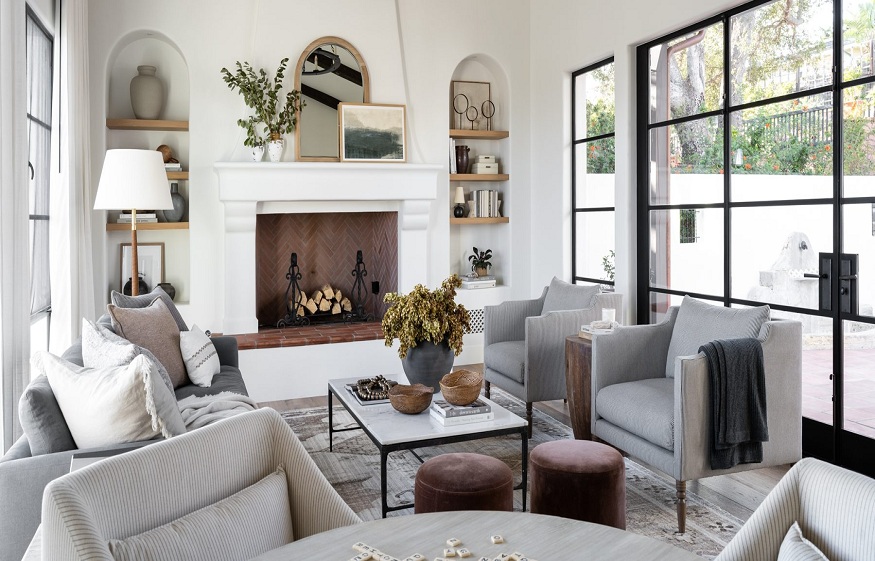It is also one of the financial decisions, which may pay dividends as you continue building equity and seeing the value of your property increase with time.
The rate of the property’s value increases depends on several factors. This is not limited to the location of the property, housing demand for property, and the economy.
However, as a homeowner, you can as well influence the value of your home by making some changes and upgrades, which merits a high selling price and increases its appeal.
Whether you want to sell your property in the future or just need to continue growing its value, the following are ways to add the value of your home:
1. Renovate the Basement
Based on the laws of your state, you will or will not require planning permission to transform your basement into a general-purpose living space or bedroom.
In general, professional basement renovations can significantly improve your property’s value. By renovating this space, you will be able to add an amount of usable living room to the property. This can be achieved by adding a bathroom or guest room.
2. Consider Refreshing with Paint
Painting your home may elevate its mood. Plus, it is one of the affordable ways to add value to a home, especially if you choose to do it yourself. If you have a budget for it, get the experts to handle the ceilings while you deal with the walls yourself. You can as well get away with giving doors, windows, door frames, and skirting boards a thorough cleaning with soap made of sugar or washing soda.
If you decide to handle the painting job yourself, be sure to handle one room after another. Consider choosing a dry and warm day to get started. As many paints require some hours between different coats, you may handle the second later and have it finished by the end of the day.
3.Take Care of the Structural Issues
If you want to instantly add value to a home, ensure it is structurally secure and safe. Then ensure you are on top of the structural issues to massively impact the property’s value.
But it won’t make any sense to conduct internal work or cosmetic improvements, like installing a new bathroom or kitchen. Structural issues, like subsidence, may involve underpinning costs.
That means they are likely to be one of the most costly tasks needed in renovation projects. Other good examples of structural defects are:
- Bowling walls
- Rising damp
- Leaky or sagging roofs
- A collapsed slab/floor
- Broken or missing roof tiles
- Insect infestation
4. Convert the Garage
If you don’t use your garage to house cars, changing it into a beautiful living room will make sense. This is true, especially when you have enough parking space outside.
When converting your garage, the first step to consider is to confirm whether the space is suitable for the conversation and if you require planning permission.
Mostly, the tasks involved in transforming a garage can be classed as permitted projects. While this means you won’t require planning permission, always confirm with the local planning authorities.
Converting a garage is subject to building codes to ascertain it is sound. You may use an approved inspector or local council construction control service to affirm that all the key areas, including the roof and walls, comply with regulations.
Final Touches!
Your home can be among the best and greatest investments you will ever make in your entire lifetime. So you need to make the most out of it by adding its value through processes like garage conversion and basement renovation.

